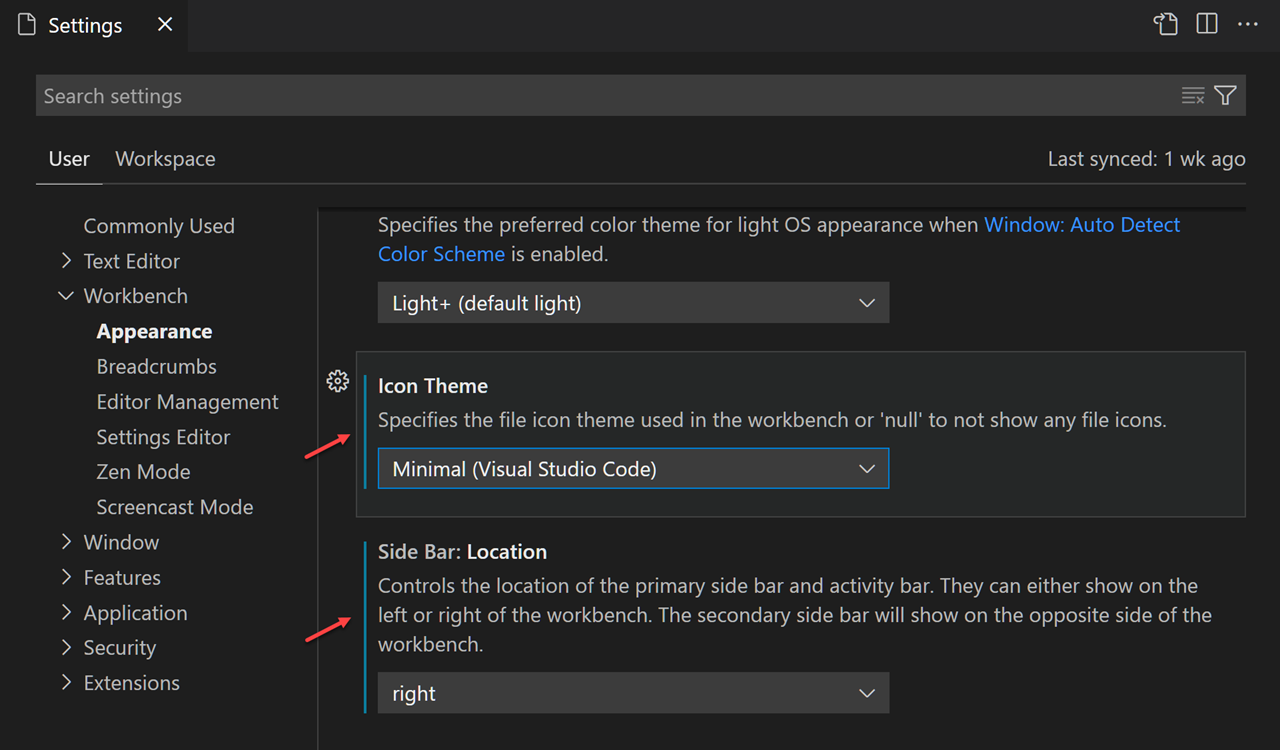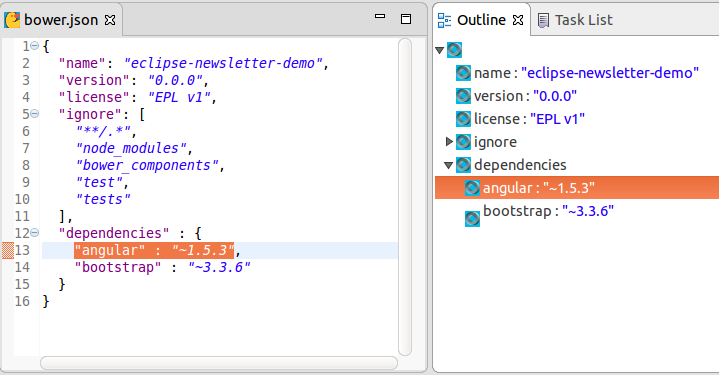
Here are the steps to compile the template using the source code published on Github:Įnter fullscreen mode Exit fullscreen modeĪt this point, we should be able to visit the app in the browser on port 3000, register new users, authenticate and interact with the UI. To successfully compile and run the project, the workstation should have a decent version of Node JS (12.x or above), GIT, and a modern code editor like VsCode or Atom.

✨ Section #6: Start the Node JS API Backend.✨ Section #5: Code the Authentication Flow.✨ Section #4: Code the React Store (frontend persistence).✨ Section #3: Code the API for backend communication.


Thanks for reading! - Content provided by App Generator. In order to make this article more useful, at the end a shortlist with open-source React Apps already enhanced with JWT Authentication is mentioned. In the end, the project will be able to register and authenticate users using an open-source Node JS API Server that exposes authentication routes and manages the persistence in the same way as this LIVE DEMO.

We will start using an open-source template and mention all implementation steps that enhance the codebase. This article explains how to Add User Authentication to React using JSON Web Tokens (JWT).


 0 kommentar(er)
0 kommentar(er)
